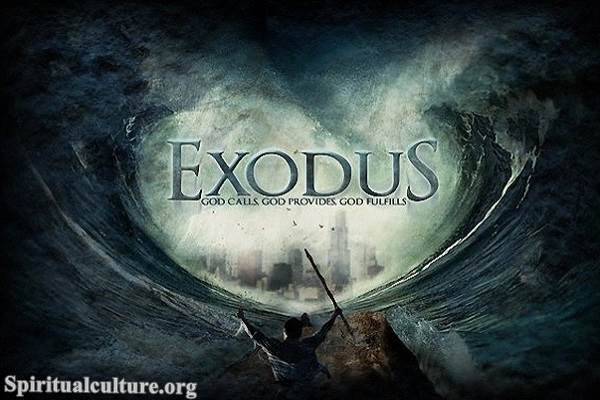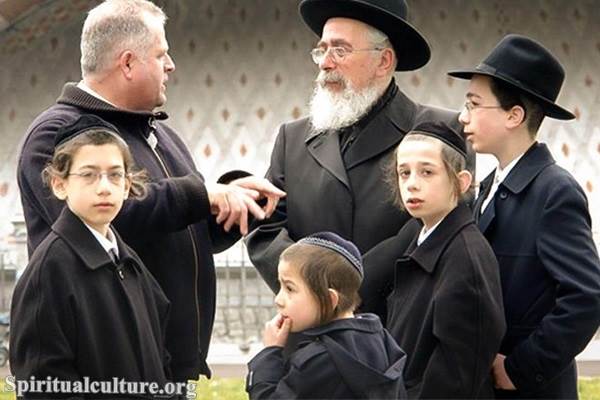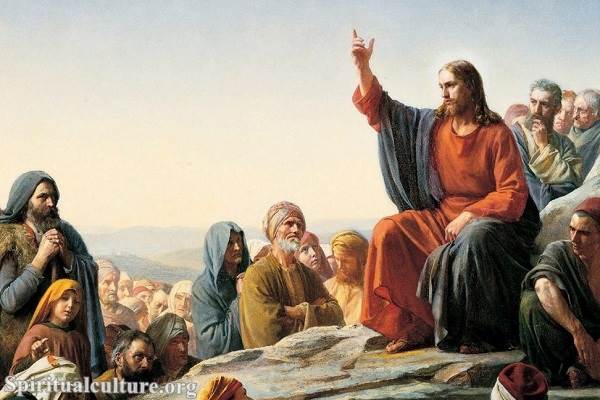From the ancient scrolls of Torah to the modern synagogue celebration, the Bar and Bat Mitzvah remain among the most powerful coming-of-age rituals in Jewish life. These sacred ceremonies mark a profound spiritual milestone — a child’s transition into religious responsibility and communal identity.
For boys, this rite is known as a Bar Mitzvah (“son of the commandment”), typically celebrated at age 13. For girls, the Bat Mitzvah (“daughter of the commandment”) usually occurs at age 12 or 13, depending on tradition. More than just a party or a performance, it is a moment when Jewish children publicly step into their inheritance — the Torah, the commandments, and the collective destiny of their people.
As Spiritual Culture, we invite you into this beautiful tradition. Let us explore not just how Bar and Bat Mitzvah are celebrated, but why they matter, how they transform identity, and what they reveal about Jewish spirituality across time and place.
The Meaning of Bar and Bat Mitzvah
Becoming Spiritually Accountable
The term “Bar/Bat Mitzvah” doesn’t describe a ceremony — it describes a person. A child becomes a Bar or Bat Mitzvah when they reach the age at which they are responsible for observing the mitzvot (commandments) of Jewish life.
Until this age, a child’s parents are considered responsible for their spiritual conduct. But at the moment of Bar or Bat Mitzvah, a young Jew is seen as capable of making religious choices, participating fully in Jewish worship, and being counted in the minyan (prayer quorum).
This shift is not only legalistic; it is deeply symbolic. It marks the soul’s movement from dependence to agency — a mirror of how all spiritual paths involve choosing responsibility over comfort.
Rooted in Tradition, Renewed in Every Generation
The practice dates back over a thousand years. The Mishnah (an early rabbinic text) already mentions 13 as the age of obligation for commandments. Over time, communities developed customs to mark the occasion — including the first public Torah reading and festive meals.
While the formal Bat Mitzvah ceremony for girls became widespread much later, especially in modern and liberal Jewish movements, its spiritual meaning is now equally profound and celebrated.
The Ceremony: Ritual, Reading, and Responsibility
Reading from the Torah
One of the most visible parts of a Bar/Bat Mitzvah is the young person’s first aliyah — their first time being called to the Torah to chant a portion of the week’s reading.
Learning to Chant with Precision and Passion
Weeks or even months beforehand, the child studies Hebrew and practices cantillation — the special melodic patterns used to chant Torah and Haftarah (prophetic) readings. This is not just about performance. It’s an act of reverence — learning the sacred text with one’s own voice, letting ancient words flow through young lips.
As the Torah says in Deuteronomy 6:7:
“Impress them upon your children. Speak of them when you sit at home and when you walk along the road…”
The act of reading Torah is both inheritance and initiation.
Delivering the D’var Torah (Speech)
Most Bar/Bat Mitzvah celebrants prepare a D’var Torah, a speech reflecting on the meaning of their Torah portion. This is their first public expression of Jewish thought — a glimpse of their spiritual and intellectual growth.
It invites the community to listen not only to the child’s words but to the unfolding soul behind them.
Cultural and Communal Celebrations
Synagogue and Service
The ceremony usually takes place during a Shabbat service (Saturday morning), though some communities may also hold it on Mondays or Thursdays when the Torah is read.
Family members may be honored with aliyot (Torah blessings), and the congregation offers blessings, song, and joy in response.
The Kiddush and Festive Meal
After the religious service, it’s common to host a kiddush — a light communal meal — or a se’udat mitzvah, a celebratory feast honoring the mitzvah performed.
More Than a Party — A Sacred Feast
While many associate Bar/Bat Mitzvahs with large parties and receptions, these meals have deep spiritual roots. In Jewish tradition, eating together to celebrate a mitzvah is itself a mitzvah — a way of sanctifying joy.
Modern Expressions: Music, Dancing, Creativity
In recent decades, families have added unique touches: photo montages, musical performances, charity drives, or symbolic gifts that reflect the child’s passions.
Yet the heart remains unchanged — a communal gathering to mark the sacred growth of a soul.
The Deeper Symbolism of Bar and Bat Mitzvah
Responsibility as Freedom
In secular culture, maturity often means freedom from obligations. In Jewish life, Bar/Bat Mitzvah reveals the opposite: freedom through responsibility.
To take on mitzvot is to say “yes” to a path — not of perfection, but of participation. It means entering a covenant older than oneself, choosing to be part of something timeless.
As Pirkei Avot (Ethics of the Fathers) teaches:
“It is not incumbent upon you to finish the work, but neither are you free to desist from it.” (2:16)
Bar/Bat Mitzvah is the first step in this work.
Memory and Continuity
Each Bar/Bat Mitzvah is not only a personal moment — it is a link in a chain stretching back to Sinai.
Even the act of chanting from the Torah scroll connects the young reader to countless generations who also stood in awe before sacred letters. The scroll is hand-written, fragile, and eternal — a symbol of the Jewish people themselves.
Diversity Across Jewish Traditions
Orthodox Practices
In Orthodox communities, boys have a full Bar Mitzvah ceremony at age 13, often involving prayer leadership and Torah reading. Girls typically do not lead public Torah readings but may celebrate with learning and gatherings of women.
Conservative and Reform Practices
Conservative and Reform communities emphasize egalitarian participation. Girls and boys alike lead services, read from the Torah, and give speeches. These movements also incorporate creative and personal elements into the ceremony.
Sephardic and Mizrahi Traditions
In Sephardic and Mizrahi Jewish communities, Bar/Bat Mitzvahs often include traditional music, regional foods, and cultural customs — from Moroccan henna to Iraqi songs. The blend of religious and ethnic heritage deepens the beauty of the celebration.
Preparation: A Journey of Learning and Growth
Hebrew School and Private Tutoring
Months before the ceremony, children attend Hebrew school or study with a tutor. They learn prayers, Torah trope, and the ethics of Jewish life.
This process is not merely academic. It is a slow, quiet transformation — the building of a moral and spiritual framework for life.
Acts of Tzedakah (Charity)
Many Bar/Bat Mitzvah students take on a mitzvah project — a personal act of service or charity. They may raise money for a cause, volunteer at shelters, or advocate for the environment.
In doing so, they embody the Jewish principle of tikkun olam — repairing the world.
Beyond the Ceremony: A Lifelong Commitment
Bar and Bat Mitzvah are not graduations. They are beginnings.
While many teenagers may drift from ritual afterward, the memory of this day often stays — a seed planted in the soul. As adults, many return to its meaning, recalling the blessings, the scroll, the voices of family.
Jewish tradition reminds us:
“The child is not a vessel to be filled, but a flame to be kindled.”
Bar/Bat Mitzvah is the kindling.
Reflect and Reimagine
A Bar or Bat Mitzvah is more than a rite of passage. It is a sacred moment when a young Jew steps forward, not just into adulthood, but into spiritual belonging.
It’s a reminder — to all of us — that coming of age is not about perfection, but about presence. About saying yes to responsibility, to tradition, to community. And in doing so, becoming part of something far greater than oneself.
If you have ever witnessed a Bar or Bat Mitzvah, you’ve seen more than a child reading Hebrew. You’ve seen continuity, courage, and the quiet unfolding of a sacred destiny.
As Spiritual Culture, we honor these moments — where the soul begins to walk on its own, yet never walks alone.



